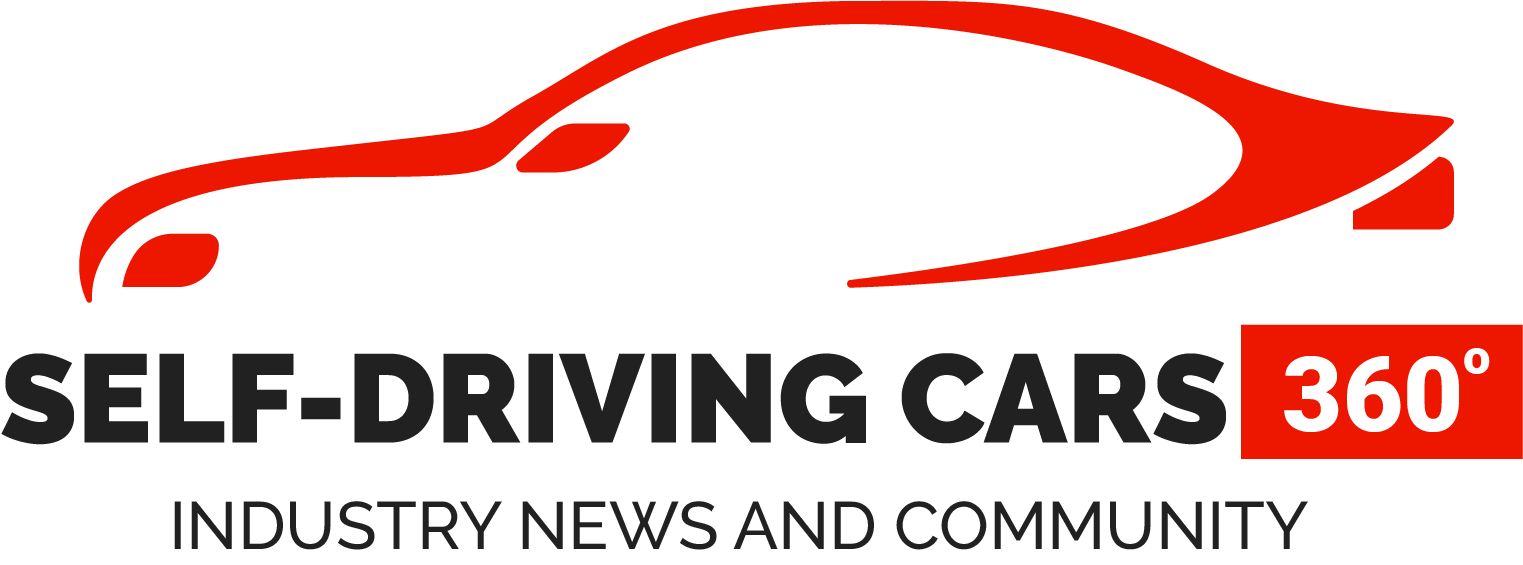The InnerSpace’s low roofline is made possible by a reclining sofa for two passengers.
Cadillac has released a series of Halo concept vehicles, including last year at the Consumer Electronics Show (CES) the PersonalSpace (a single-seater autonomous vertical-takeoff-and-landing aircraft) and the SocialSpace (a big autonomous cruiser with seating for six). This year at CES, we got InnerSpace, something like a stylish self-driving home theater on wheels.
The whole fully glassed windshield and roof, along with the doors, pivot up to allow ingress to a pair of passengers, who are seated facing a big screen on a bench sofa with a relaxed incline that wouldn’t work for an actual driver. But the angle, along with a low-profile floor, allows for a very rakish and aerodynamic roofline. The seats pivot outward when the doors are opened. The occupants even get footrests.
The InnerSpace uses artificial intelligence-driven biometric input and interfaces, to present three possible in-car themes—Augmented Reality Engagement, Entertainment, and Wellness Recovery. Frank Saucedo, director of GM’s advanced design facility in California, says the augmented reality option uses the surface-mounted device, or SMD, screen to showcase the passing landscape in a wide-angle view, akin to what might be seen by a motorcyclist.
In wellness recovery mode, Saucedo says, both aroma and light therapy are brought to bear. Scents include frankincense and eucalyptus. Blue light is calming, red light is stimulating, GM said.
“We want to touch all five senses at one time to create a sense of wellness,” Saucedo says. The entertainment possibilities result from the on-board presence of GM’s new Ultifi platform, also unveiled at CES, which will enable faster over-the-air updates and very fast connection speeds. “We’re not just designing cars, we’re designing experiences,” Saucedo adds.

In a statement, Bryan Nesbitt, GM’s executive director of global advanced design and global architecture studio, said the Halos “are visions for the next decade and beyond, showing the possibilities enabled by General Motors’ comprehensive approach to autonomous drive technology with the goal of a world with zero crashes, zero emissions and zero congestion.”
Automakers have been showing off autonomous concepts for years, in many cases to showcase how the interior might change without the necessity of a facing-front driver. Not all of these ideas were practical, since passengers facing backward might encounter motion sickness. The InnerSpace interior avoids that problem.
Still to come is one more Cadillac Halo vehicle, the OpenSpace, aimed at future luxury travel. Not quite an RV, it imagines what a future RV could be with the appropriate technology.
Self-driving cars were on the fast track, but lately they’ve been stalled at Level 2—allowing limited autonomy on the highway but not much else. But General Motors seems to be trying a jump start.
At CES, it announced Ultra Cruise, which it said would enable hands-free operation “in 95%of all driving scenarios”—including every paved road in the U.S. and Canada. That’s more than two million miles initially, with growth possible to 3.4 million. GM executive Doug Parks said Ultra Cruise will be a “door to door” self-driving experience.

Indeed, the breakthrough here is that self-driving is, at least theoretically being taken off the interstates and enabled on city streets, in rural areas and suburbia. And it’s coming soon. The shocker is that GM CEO Mary Barra said at CES that the company intends to introduce some form of “personal autonomous vehicle” by mid-decade, meaning by approximately 2025. Ultra Cruise still requires an engaged operator in the driver’s seat; that 2025 vehicle might not.
“By announcing the Ultra Cruise system alongside its electrification strategy at CES last week, GM is making it clear it has intentions to remain a stalwart in the years to come, even through major industry shifts,” Jessica Caldwell, executive director of Insights at Edmunds.com, tells Penta. “Easing consumers into driverless tech by first introducing hands-free driving assist features appears to be the practical way forward, rather than abruptly replacing the driver experience without an in-between step.”
The first car to get Ultra Cruise (which uses cameras, radar and LiDAR) will be the Cadillac Celestiq, a high-end luxury sedan that goes into production next year. Among its capabilities, GM said, are automatic and on-demand lane changes, close object avoidance, following speed limits ,and parking in residential driveways. On board Ultra Cruise will be technology from Qualcomm, in the form of the Snapdragon Ride Platform.
Source: www.barrons.com




GIPHY App Key not set. Please check settings